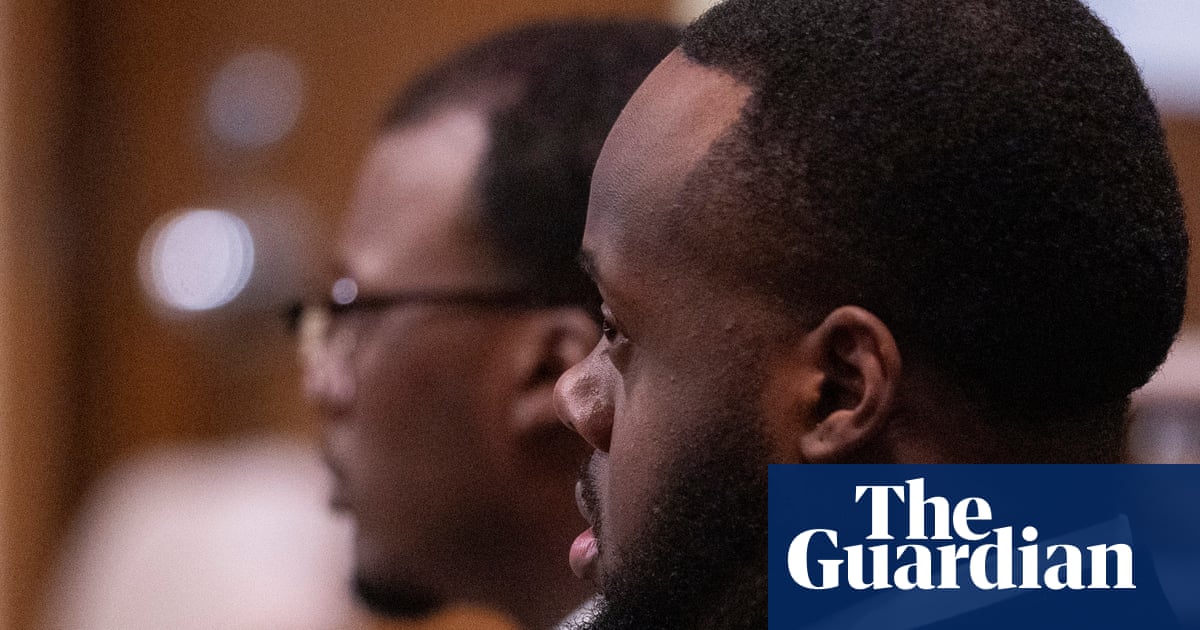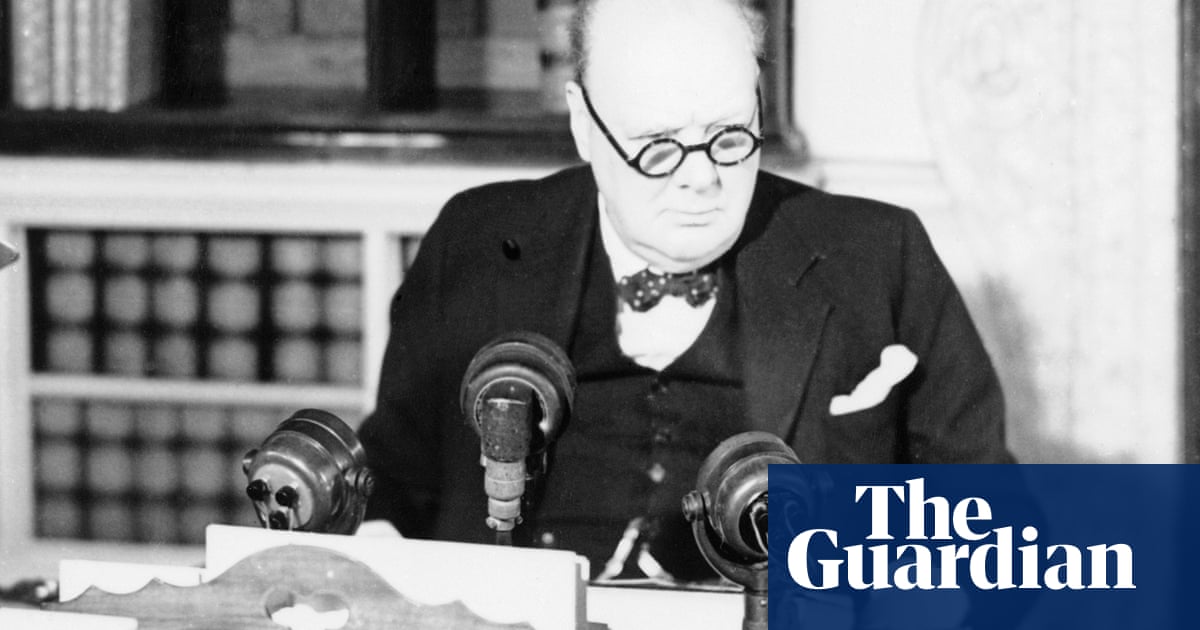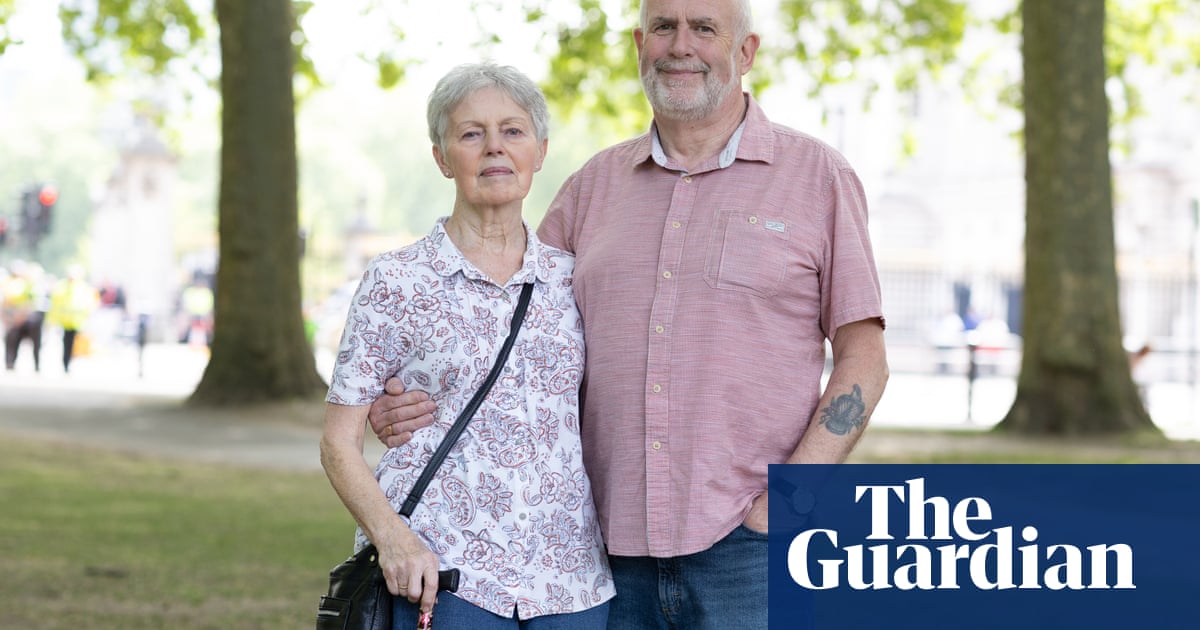In early 2020, I made up my mind that I wanted to write a love story. Separated from my family and friends during the height of the pandemic and emotionally raw from living alone, I wanted to write something where I already knew the ending from the beginning: the characters would win. How they got there would be the most difficult part. I was inspired by the oeuvres of Toni Morrison and Gabriel García Márquez, and I wanted my fourth book to be vast in scope, rich in history and intertwined with familial lineages. But the work would demand plot development as well as historical research and I needed someone to help me.
I began interviewing assistants and came across a fellow Black female Harlemite from the Schomburg Center for Research in Black Culture. Immediately, we clicked over a video chat and soon after, she emailed me a document she said I just had to see. The attachment revealed a four-page, cursive letter that dated back to 4 February 1863. Gorgeously maintained and preserved, the letter was written by a woman named Maria who took dictation from an enslaved man named James Tate of West Point, Georgia.
The recipient is Tate’s wife, Olivia, who is enslaved on another plantation. James tells her that his master has urged him to move on and forget about Olivia, but he’s assuring her that he will never do that.
This is it, I said to myself. That letter would be the foundation for my next book. Despite James’s master having a vested interest in James producing children so that his labor force would be maintained, James would not give up on Olivia. James’s body may not have belonged to him, but his heart was his own – something that the plantocracy or the law could not reach.

Letter-writing among African American families is a centuries-old tradition. James Tate existed in a pattern of enslaved people who tried to reach their beloveds because stability was a fleeting dream. Whether it was a wife in Texas expressing worry for her husband’s military service for his bondsmen enslaver in 1862, or a Charleston-based daughter looking to reunite with her mother in 1867, the Black family has constantly been under threat, their unions neither protected nor acknowledged in a court of law. Nevertheless, they wrote during slavery and wrote some more to find their loved ones after the American civil war.
I had done so much research on this delicate part of history that I didn’t know how my imagination could recreate it for the book. Then randomly, as I was cleaning my home, I “saw” him: a Black Union soldier riding gallantly through the fields of Mississippi back to one of the wealthiest slave ports in the US: Natchez. The image came to me so vividly. I imagined what would have been the humidity of that June in 1865 when the war was called, and felt my nose getting irritated from all the weeds that that horse would have had to navigate. I knew the soldier by name: Harrison. He was returning to his beloved, Tirzah, a literate, enslaved woman, because that was his one and only promise to her. But when he returns to the plantation where he once toiled, everyone is gone. The main house is rotting and nothing but the wind passes through the slave cabins. So begins the love story that endures, the zeal that serves as the undercurrent for the tale.

As someone who’s had a deep fondness for family history, I’ve often grown frustrated with archives. There’s always a missing part: the second half to a document was burned in a fire, another’s whereabouts are unknown. Maybe a key detail has been stolen or a line is grotesquely blotted out. A person disappears, a life reassigned to fabulism and hypotheses. I become obsessed with finding hard, definitive facts. My head becomes hot and tense with the dogged persistence that there has to be something there even if the path is circuitous.
Every time this trial and error happens, I grieve for the only truth I can count on in my quest: in order for Black life to be animated in this historical research, Black life had to have been valued in the first place. The US is guilty of being an amnesiac herself, her institutions emerging and thriving due to the sacrifice and degradation of an entire race.
But the beauty in my disappointment arises when I understand that resilience persists. Love persisted. If it didn’t, how could that letter from Georgia have been preserved in a family for more than 150 years, and make its way to the largest repository for African diasporic information in Harlem, and then to me in my quaint apartment that bordered on Central Park? Who knows what kind of difficulties this one family had to withstand in order to not only keep this letter, but also to preserve it.
I became inspired all over again once I remembered: I remembered that love had to have existed like this in my family, too, even if there were no letters. If they didn’t, how was I even born, much less how did I have the capacity to write this novel?
after newsletter promotion

Now that I am more than a week past the release of Zeal, a sprawling narrative that follows the intergenerational consequences of two enslaved lovers being separated beyond their control, I think about how much further American society has collapsed since last November. The Trump administration is targeting the Smithsonian Institution and Black history is being removed from federal agencies – an erasure from the public sphere. Our accomplishments are being flattened and distorted into rightwing discourse that promotes the idea that we never deserved or worked hard to achieve them. Worst of all, the legacy of slavery, the twists and turns of Black triumph under cruel white supremacy is being either sanitized or outright banned in multiple states.
I am afraid that my book will get banned somewhere. I’m afraid of more archives being lost as federal funding gets re-allocated or slashed altogether. What will I do? What must we do as a nation? But then I recall that my body is a living, historical document. Someone was captured from the coasts of Africa, survived the horrific belly of a ship as it traveled across the Atlantic Ocean, labored under the blistering heat in the deep south and continued loving and expanding in the American north. I am here because someone, as the old folks used to say, kept on keeping on. Someone had to have been loved as Harrison or as James Tate had in my own family because that’s what kept us alive. Their earnestness carries on throughout generations.
For four years of my life, I kept on keeping on beyond the shock of the pandemic. I researched the civil war, reconstruction, the exoduster movement, the Great Migration, the Great Depression, Jim Crow and the Covid era and positioned them as the backdrops of American history as two lovers and their descendants bond, twist, separate and merge under the weight of these periods. I wanted to show how love continues in spite of unnecessary pain and difficulty, in spite of external forces that threatens to break them apart, in spite of everything.
I wanted a happy ending because I’ve seen that love in my own family – I rose up in it. Now, I wanted to deliver that goodness to another reader, while taking them on an adventure.
And those types of endings aren’t just figments of my imagination.
James Tate eventually reunited with Olivia. They are buried in the same cemetery. Side by side. Together.
-
Morgan Jerkins is the author of Zeal: A Novel, available from HarperCollins

 13 hours ago
9
13 hours ago
9













































